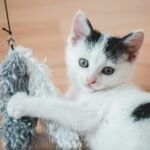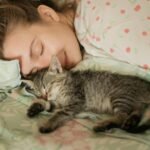In the fascinating world of feline behavior, the way cats perceive humans is a subject of curiosity and intrigue. While domestic cats are common companions in households, big cats remain enigmatic creatures in the wild and captivity. Exploring how these animals perceive their owners and human caregivers can reveal intriguing parallels and stark differences. This article delves into the perceptions of both domestic cats and big cats toward humans, offering insights grounded in science and observation.
Understanding Feline Perception
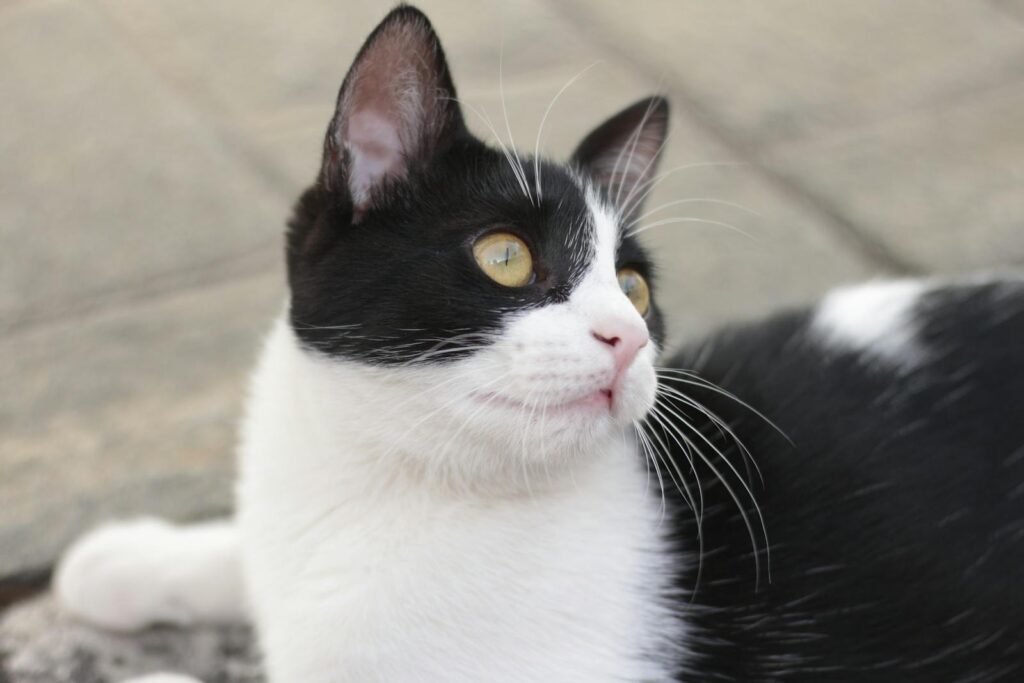
Cats, both domestic and wild, rely on a combination of their sharp senses and evolutionary instincts to perceive the world around them. While their experiences and environments differ, both domestic and big cats share some fundamental traits in how they perceive humans.
Domestic Cats: A Brief Overview
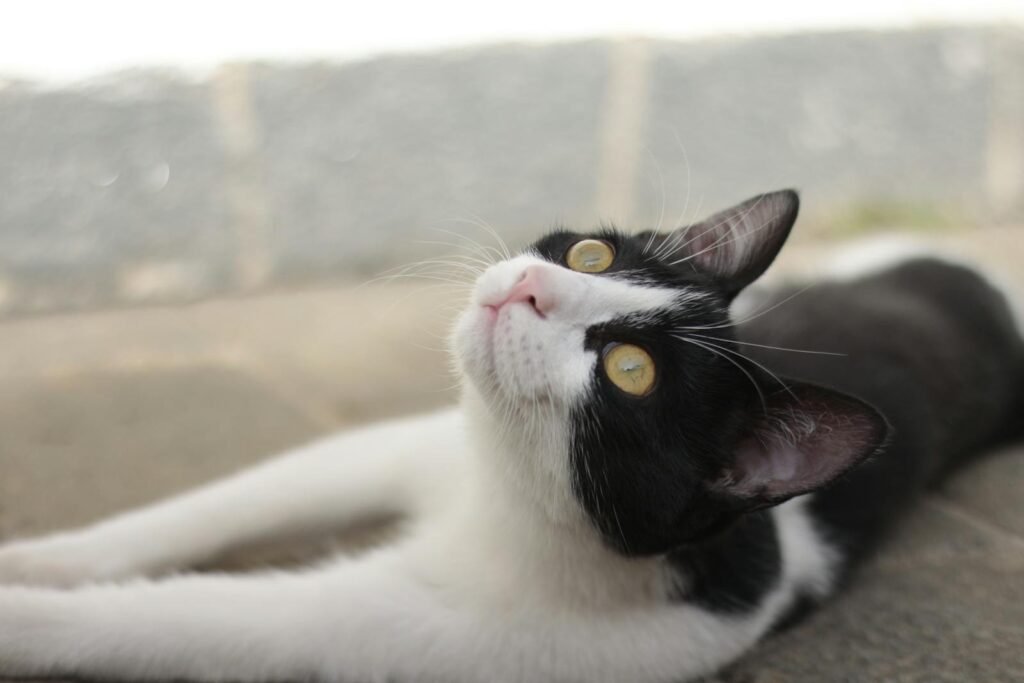
Domestic cats (Felis catus) have lived alongside humans for thousands of years. As a result of this evolutionary journey, they have developed unique ways of interacting with and perceiving their human companions. Cats are independent creatures, yet they can form strong bonds with people, often viewing them as part of their social groups.
Big Cats: A Diverse Group
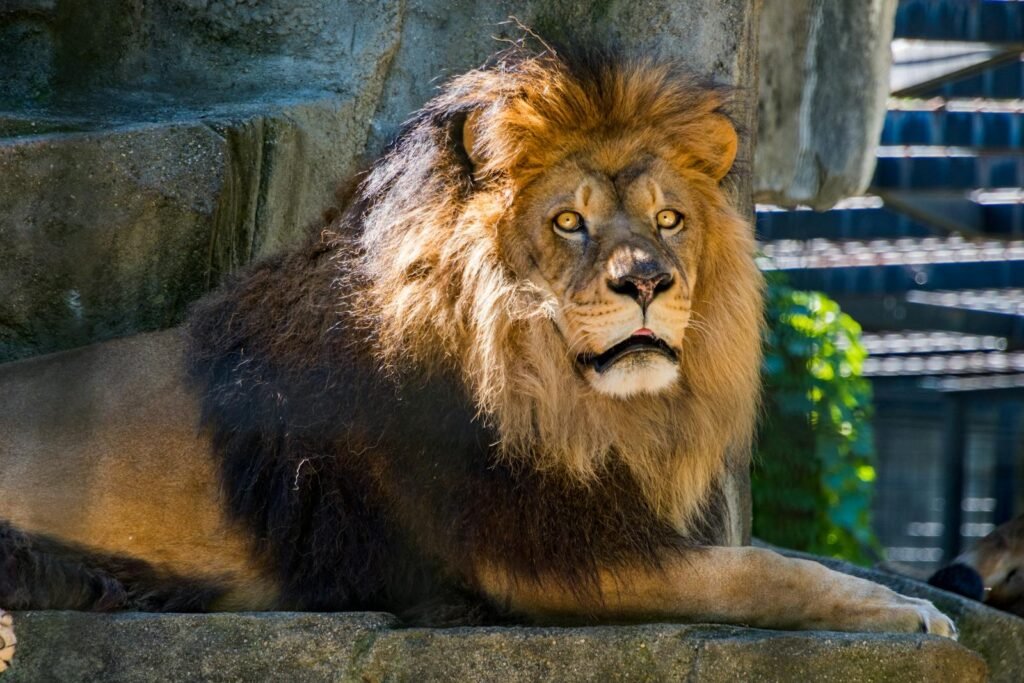
Big cats, such as lions, tigers, leopards, and cheetahs, belong to the broader category of Panthera or Acinonyx. While they share a distant common ancestor with domestic cats, their interactions with humans are informed by their wild nature and, in some cases, captivity. Unlike domestic cats, big cats do not typically view humans as companions or social peers.
The Role of Socialization in Perception
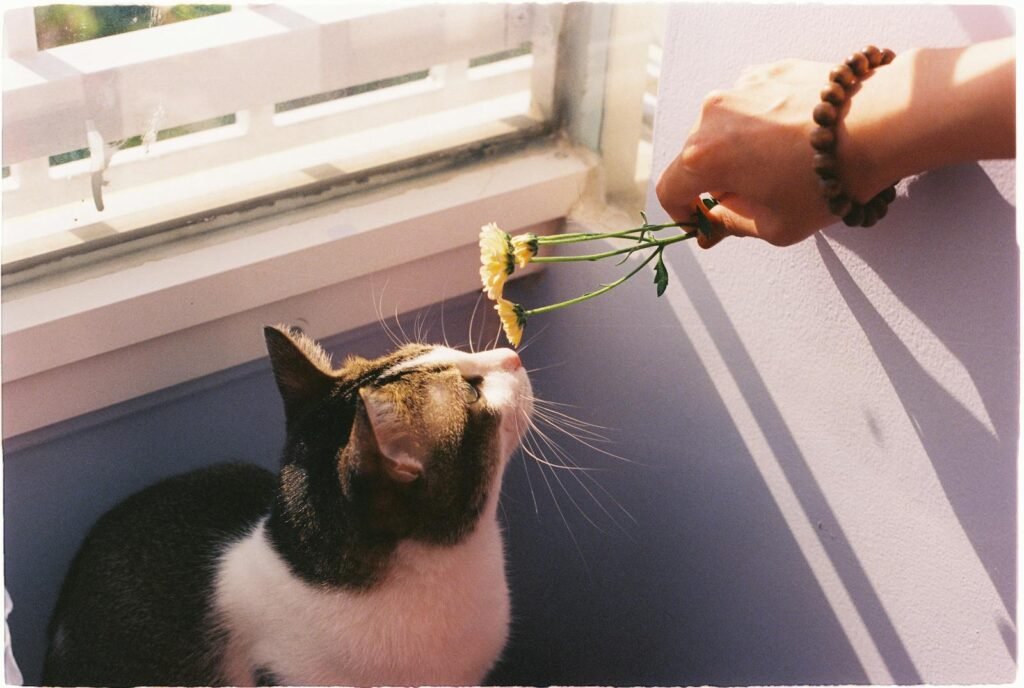
Socialization plays a critical role in how both domestic and big cats perceive humans. Domestic cats raised in human-centric environments often see their owners as providers of food, safety, and affection. Conversely, big cats in captivity might relate to their human caregivers based on the roles these people play in their daily lives, focusing on routine and familiarity rather than companionship.
Communication and Body Language
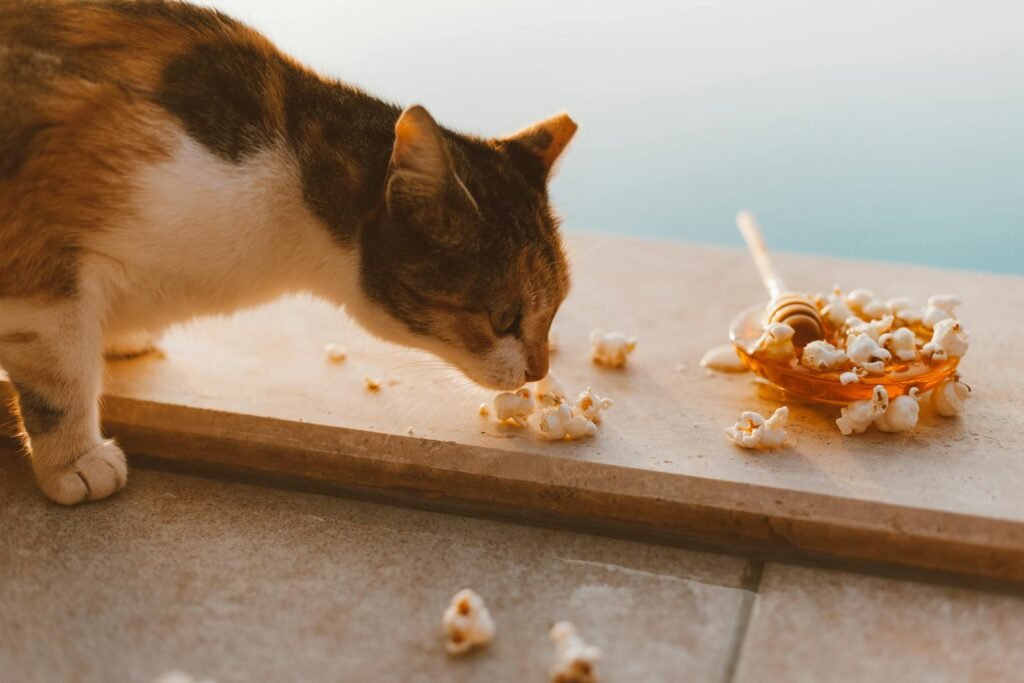
Cats, regardless of size, use an intricate system of body language and vocalizations to communicate. While domestic cats meow and purr to communicate with humans, big cats use roars, growls, and other vocalizations in their interactions. Understanding these cues can help human caregivers interpret a cat’s perception and reaction toward them.
The Significance of Olfactory Cues
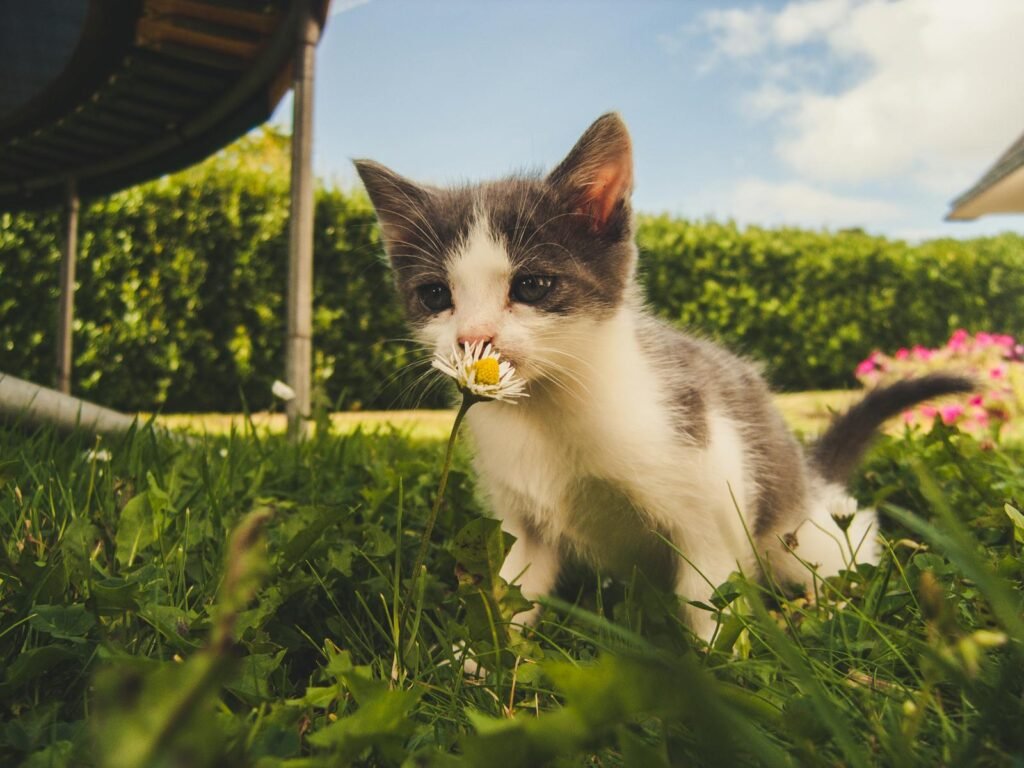
Both domestic and big cats have a highly developed sense of smell, which plays a crucial role in how they perceive their surroundings and human interactions. Cats use scent to recognize individuals and mark territory. In big cats, scent can help them identify caregivers and determine friend from foe in a captive setting.
Attitude Towards Human Authority
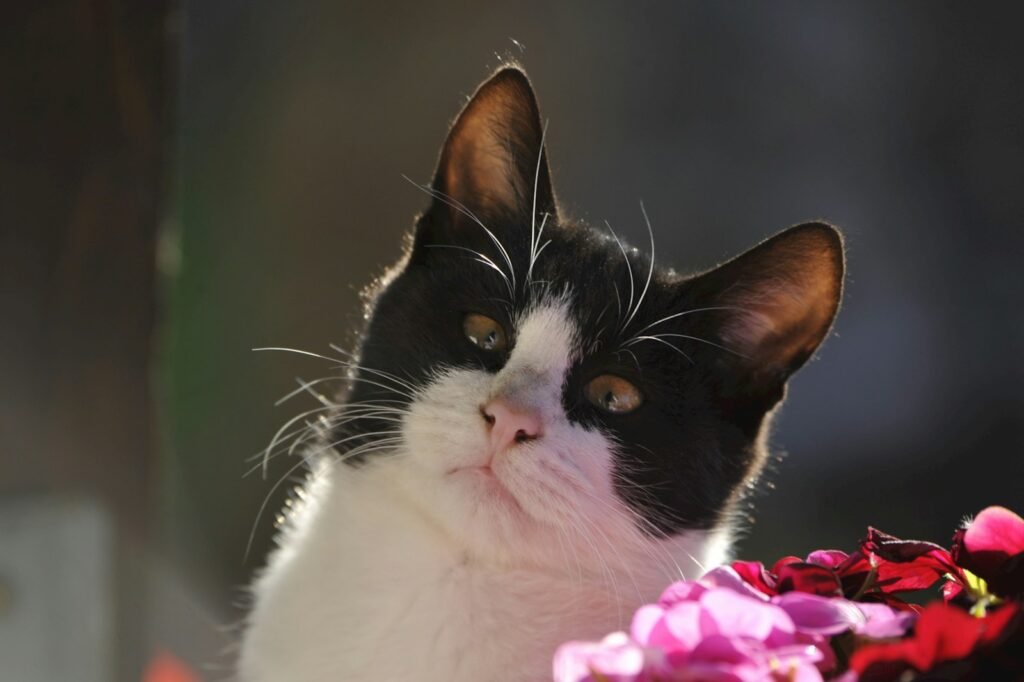
Domestic cats often exhibit a semi-indifferent attitude towards authority, asserting their independence. Big cats, however, might recognize authority to a certain extent, especially in captivity, where human handlers provide food and basic needs. Understanding this dynamic is crucial for safe and effective human-animal interaction.
Attachment and Bonding
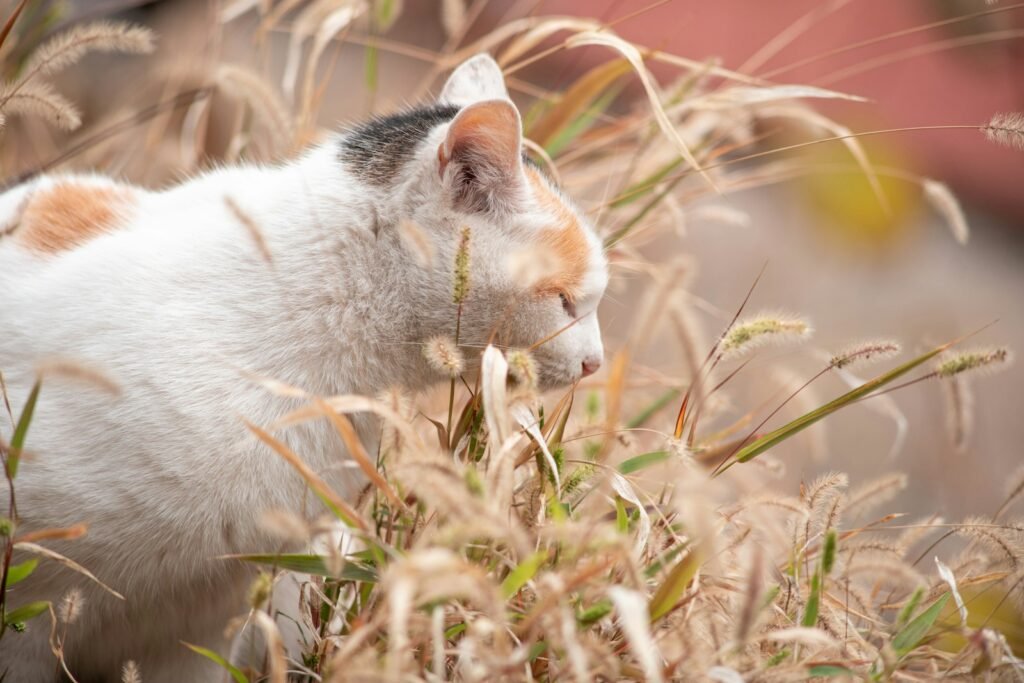
Attachment styles in domestic cats can vary widely. Some view humans as a source of comfort and safety, forging deep bonds akin to those between parent and child. Big cats, on the other hand, may not form these emotional attachments in the wild but can develop a level of trust with caregivers in sanctuaries or zoos, though it’s typically not equivalent to familial bonds seen in domestic cats.
Human Influence on Perception
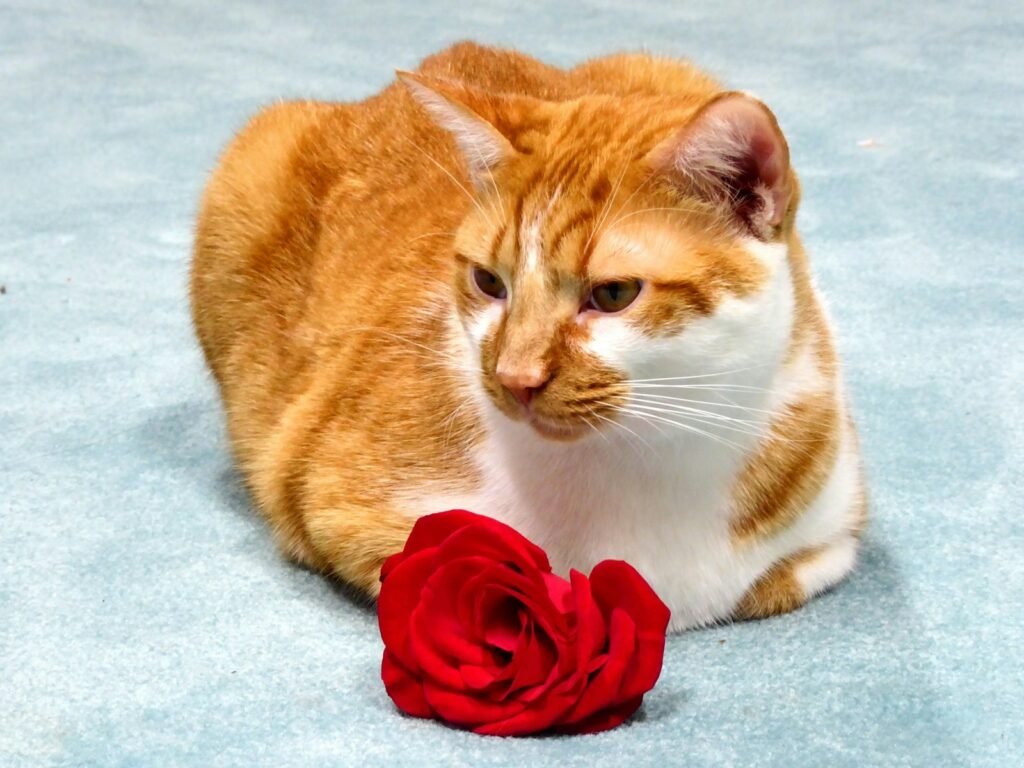
The manner in which humans interact with cats significantly influences how they are perceived. Positive reinforcement, gentle handling, and consistent care can enhance trust and bonding in both domestic and big cats. Conversely, negative interactions can lead to anxiety, aggression, and fearfulness.
Conclusion
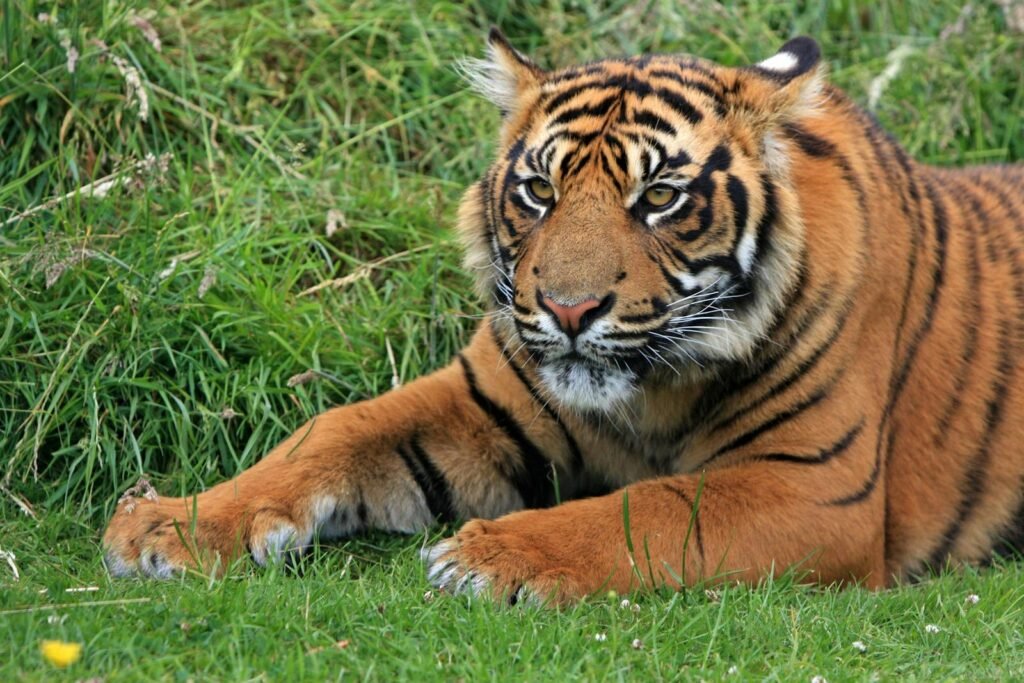
The way cats, both domestic and big, perceive their human companions is a mosaic of instinct, experience, and individual personality. While domestic cats often view humans as social partners, big cats tend to see them through the lens of survival and routine. To foster a deeper understanding and more meaningful relationships, it’s essential to consider each type of cat’s unique worldview, respecting their instincts and boundaries.
Hi, I’m Bola, a passionate writer and creative strategist with a knack for crafting compelling content that educates, inspires, and connects. Over the years, I’ve honed my skills across various writing fields, including content creation, copywriting, online course development, and video scriptwriting.
When I’m not at my desk, you’ll find me exploring new ideas, reading books, or brainstorming creative ways to solve challenges. I believe that words have the power to transform, and I’m here to help you leverage that power for success.
Thanks for stopping by, Keep coming to this website to checkout new articles form me. You’d always love it!



